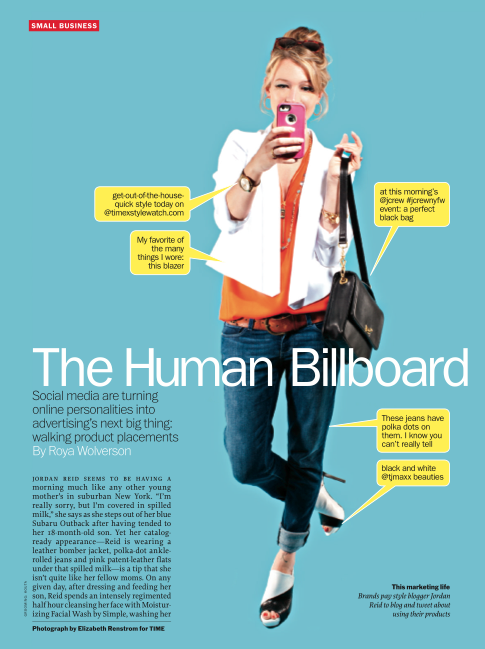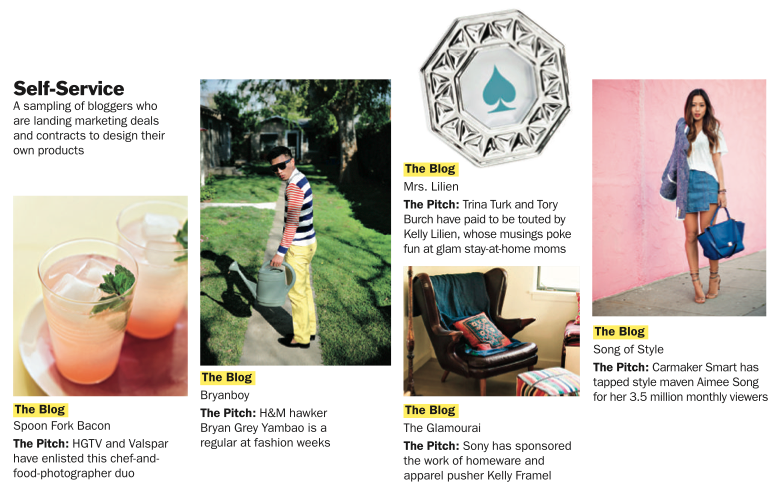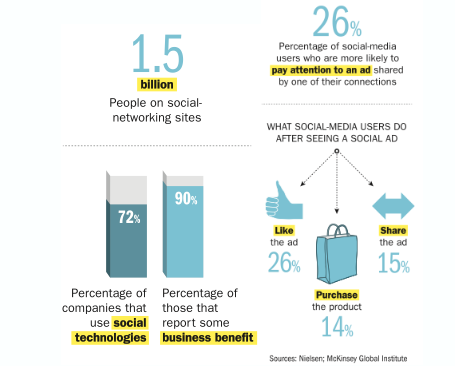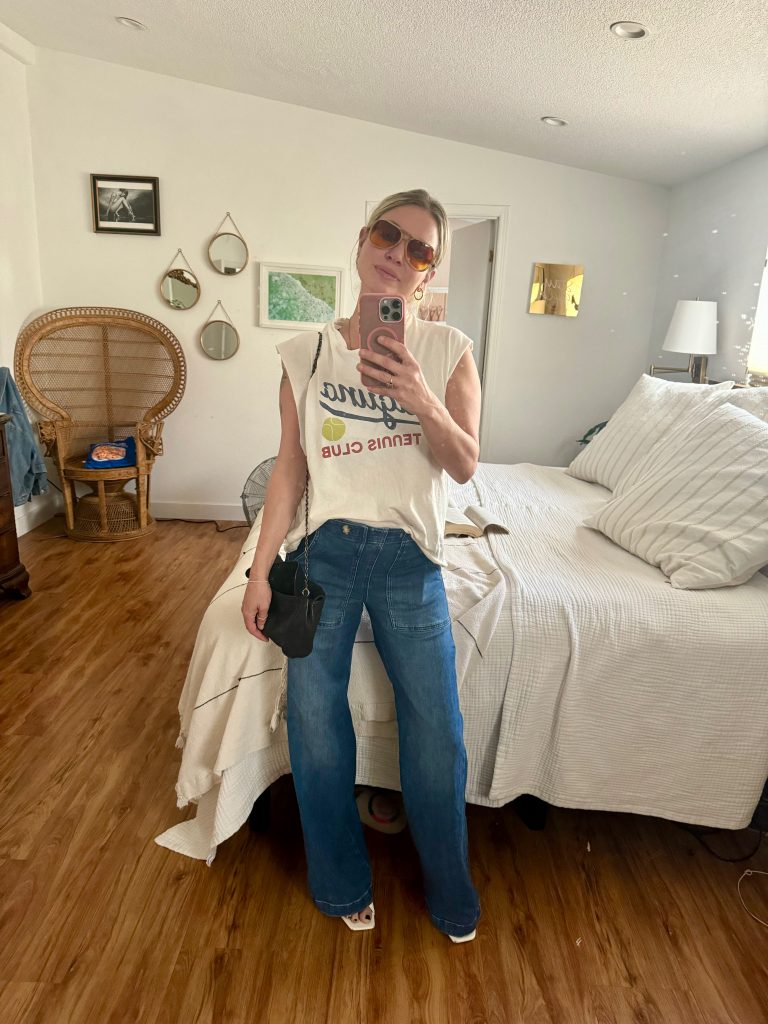
For those of you who were unable to access the Time Magazine article I posted some thoughts about last week, my apologies! If you’re interested in checking it out, the full text is after the jump.
Jordan Reid seems to be having a morning much like any other young mother’s in suburban New York. “I’m really sorry, but I’m covered in spilled milk,” she says as she steps out of her blue Subaru Outback after having tended to her 18-month-old son. Yet her catalog-ready appearance–Reid is wearing a leather bomber jacket, polka-dot ankle-rolled jeans and pink patent-leather flats under that spilled milk–is a tip that she isn’t quite like her fellow moms. On any given day, after dressing and feeding her son, Reid spends an intensely regimented half hour cleansing her face with Moisturizing Facial Wash by Simple, washing her hair with Dove Color Care shampoo and riffling through a wardrobe chock-full of TJ Maxx clothing to compose a boho-chic outfit. She grabs one of her four Timex watches and one of three pairs of Ann Taylor sunglasses and scrambles down the stairs in her sunny three-bedroom home to eat breakfast on her new Noritake china collection (an eclectic mix of the Rochelle Gold, Hertford and Yoshino patterns).
Those brand choices aren’t random. Reid blogs about fashion, food and home decor as well as life with her husband Kendrick and her son, and a growing number of companies are paying her to photograph, tweet and write about how she uses their products and what she thinks of them and to present them on her blog, in her style. Dove and Simple pay her to use their cleansers. TJ Maxx, Ann Taylor and Bloomingdale’s have paid her to wear their clothes. Timex has paid her to sport its watches. Noritake has paid her to use its china. Reid has scrubbed stains off her wall for Better TV using Mr. Clean’s Magic Eraser and painted her living-room walls canary yellow for Valspar paint. Even date nights have had a sponsor, Sorel boots. “Just in case a long walk home through the fall leaves is in order, let’s go ahead and make sure those boots are as cozy as they are gorgeous,” Reid wrote on her blog, under photos of her lounging on her porch in a faux-fur coat and Sorel’s Joan of Arctic boots.
Of all the changes wrought by social media, few underscore the growing reach of the individual–and the continuing fragmentation of culture–like the rise of Reid and others like her. They are the microcelebrities, the spiritual successors of flash-in-the-pan reality-TV stars but with followings that often number in the thousands rather than the millions, and some marketers, looking for cost-effective ways to reach specific audiences, are desperate to tap into their power. It’s now a given that upstart bloggers can wield outsize influence. What’s new is how quickly companies have moved to pay for the privilege of enlisting relatively unknown personalities in the blogosphere. There’s Kelley Framel, the 29-year-old fashionista who writes the Glamourai and has made deals with American Express, Sony and Lincoln cars. Jane Aldridge writes about jewelry and vintage fashion on her website Sea of Shoes, cashing checks from Urban Outfitters, Mattel and Magnum ice cream. And then there’s Brit + Co. blogger Brit Morin, a former Google and YouTube employee who hawks on behalf of Nikon, Uniqlo and Velcro.
For enterprising bloggers, the lure is simple: income that can range from $100,000 a year to hundreds of thousands more. For marketers, the calculus is more complicated. Yes, they can target audiences, and the price is relatively low compared with already cheap online advertisements. And bloggers can offer a more authentic connection to brands for consumers who are weary of varnished sales pitches from Madison Avenue. But companies are also putting their brands in the hands of untested spokespeople and, in some cases, running into controversy about the blogger-sponsor relationship. Leery consumers prefer that bloggers’ opinions be independent. Just last month, the Federal Trade Commission introduced tighter regulations for social-media advertising. Though there are clear successes, it’s far too early to tell if the approach drives more sales than traditional marketing.
Regardless, the concept is already fueling the growth of a virtual ecosystem of digital microcelebrities. There are talent scouts, like Karen Robinovitz of Digital Brand Architects and Andy McNicol of William Morris Entertainment, who help bloggers connect with marketers. There are p.r. agencies with staffers dedicated to scouring the depths of social media to find bloggers with profiles that fit the demographics and sensibilities of the brands that hire them. “It’s amazing when you can tell a brand’s story organically through the eyes of somebody who believes passionately in it and has a trusted following,” says Robinovitz, who calls this “the future of marketing.”
Olivia Howell is exactly the kind of consumer that microcelebrities–and the marketers who pay them–want to reach. The 28-year-old middle-school teacher from Huntington, N.Y., is an avid reader of lifestyle blogs like Reid’s Ramshackle Glam, What I Wore by Jessica Quirk, and Mary Rambin’s fashion and fitness blog More than Mary. Powell discovered Reid five years ago through another lifestyle site. She latched onto Reid’s posts because they were “so friendly and real” and personal, she says. After following the launch of Ramshackle Glam, Powell was heartened when she started tweeting to Reid and she “actually tweeted back,” Powell says.
Reid’s posts keep Powell up to speed on niche designers and the trials of married life. Powell says she learned about the dress-rental site Rent the Runway from Reid and has used it religiously ever since. When Reid posted last fall about an Old Navy contest to win the brand’s Rockstar Denim jeans, Powell recruited her eighth-grade students to enter the contest and ran out to buy a pair herself.
Brands navigate the microcelebrity ecosystem in a number of ways. Many go to traditional public-relations agencies and talent managers who recruit social-media directors, former bloggers and lifestyle journalists to mine their Twitter accounts, Facebook connections and Instagram feeds to find the next wave of microtalent. Some brands go to agents who have carved out a niche in managing digital talent. Others go directly to known bloggers who have networks of less established peers that can be sorted and filtered by the demographic characteristics and level of influence with people the brand is looking to work with–be it age, regional following, Twitter fans or unique visitors per month.
Then there is the sea of national, regional and local conferences that marketers attend to keep pace with the millions of bloggers who are desperate to make money from promotional work. Confabs like New Media Live and TwtrCon attract thousands of bloggers with varied interests from around the country. Others go niche: the Savvy Blogging Summit is geared toward frugal deal bloggers; BlogHer Food teaches digital foodies how to style their cooking for the camera and get their recipes featured in cookbooks and on popular websites.
And yet for all the hype social media attract in the marketing world, it’s unclear whether recruiting armies of citizen product placers is worth all the micromanaging. Some brands swear by the idea. “Throwing a load of cash and a product at someone doesn’t work anymore,” says Andy Griffiths, senior marketing manager for the denim company 7 for All Mankind. “The most influential bloggers have the integrity to wear things they really love, and the consumer can tell the difference between that and something that’s manufactured.” Last year Griffiths reached out to fashion blogger Aimee Song to push a jean collection for the brand during the Los Angeles leg of a seven-city promotional tour. Song created a 15-second video clip, modeling the company’s white Papyrus jeans, which the company posted on its website and Song promoted on social media. The brand’s Santa Monica, Calif., store sold 27 pairs in the two hours after the video went up, and within three weeks the company had sold out of the product, which is roughly four times their normal sell-out rate, Griffiths says. “We didn’t have enough jeans to fill our stores, and we didn’t have enough fabric to make more.”
Coach has handed bloggers the creative reins to host bag-makeover sessions on YouTube, guest-edit its website, and cast, style and photograph passersby sporting its bags for art exhibits. In 2011 the company invited Emily Johnston of the blog Fashion Foie Gras to design 100 Coach bags aimed at bloggers (they had compartments for a camera and extra shoes), which, the company says, sold out almost immediately. “The exposure these projects generate is immeasurable,” says Jason Weisenfeld, a Coach communications executive. Still, other companies view blogger promotions as a crutch for weak brands. “If you make great products,” says Will Copenhaver, marketing director for the cast-iron-cookware company Le Creuset, “people will talk about you.”
In certain parts of the blogosphere, the murky line between opinion and promotion has led to backlash. Brands like McDonald’s and KFC have sparked consumer wrath on social media for using gifts and all-expenses-paid parties to curry favor with bloggers and gain favorable reviews of their products. Last month the FTC stepped up efforts to delineate between advertising and opinion on social media by requiring Twitter users to disclose their sponsored tweets. But bloggers who consider themselves curators and stylists, not journalists with an ethical obligation to keep advertising at arm’s length, tend to skirt the rules. “Some people call out very specifically if they’re writing a sponsored post,” says Kelley Lilien, a design blogger who says her site Mrs. Lilien draws 75,000 monthly unique visitors. She earned $120,000 last year for promotional gigs, she says, and works with brands like Juicy Couture and Tory Burch but does not always follow the convention of labeling sponsored posts. “I don’t love to do that because I don’t like the way it looks or sounds, especially because my stuff has an irreverent style and tone,” says Lilien. She does occasionally mention in her write-ups that she “partnered” with a brand.
As more microstars climb their way out of obscurity, it’s easy for some to believe it takes only a laptop, a camera and wi-fi to do the same. But the door to microcelebrity isn’t open to just anyone in her pajamas cranking out style tips or secrets to extramoist banana bread. Reid started out as an actress with short-lived television gigs on Law & Order, ER and It’s Always Sunny in Philadelphia. She moved to New York City from Los Angeles after her relationship with Rob McElhenney, one of Always Sunny’s co-creators and stars, fell apart. Having established a marginal level of television fame, she was snapped up by Julia Allison, a Star magazine contributor and minor Internet celebrity, who was starting a blogging site to incubate microcelebrities.
Reid soon struck out on her own and took to writing missives about her “semi-disastrous but pretty blissful” life as a fashionista, crafter, mother and wife. (She married a former musician with the indie band Harlem Shakes in 2008.) A producer from Better TV, a syndicated lifestyle television show produced by Meredith Corp., reached out after seeing a video of Reid remodeling a lamp in her one-bedroom apartment. A few segments for Better TV turned into an offer to run her own YouTube show, Jordan in the House. The show, produced by Meredith’s Digs network, spun Reid as a “domestic diva” who had ditched “her Manhattan walk-up for her first ‘real’ home in the suburbs.”
That’s when the brands came calling. Reid met blogger agent Robinovitz, a former journalist, at a fashion media event, where she tuned Reid in to the flourishing world of brand sponsorships. Reid’s first deal came a few months later–and a week after the birth of her son. She was hired to stage nine looks for the shoe company Geox’s holiday shoe collection and promote them on her blog. She could use her own clothes and pose however she wanted, wherever she wanted–smiling in the sun in a pair of brown suede wedge boots, walking along a wall in leopard-print flats, lounging on a roof in a pair of tan leather heels. Her husband shot the photos using their camera, and Reid edited them on her laptop and uploaded them to her blog, along with glowing praise for the products: “For me, it doesn’t get better than happy, leopard-swaddled feet,” she wrote. A few weeks later, she hosted a cocktail event at Geox’s flagship Manhattan store, where her readers could arrive with coupons posted on Ramshackle Glam for a 15% discount. Since then, she has styled, modeled and even helped design the products she hawks for more than 30 brands.
Of course, there are downsides to achieving brand-sponsored microfame. In a world filled with the constant demand to tweet, Facebook, Instagram and Pin, every moment feels “incredibly busy,” says Reid. Lilien recently hired a full-time employee to handle the volume of social-media work that brands insist on to peddle their wares. “It was ‘Tweet with this hashtag and this link and Pin things on this board,’ and it got overwhelming,” she says. Reid, who sometimes finds herself the target of trash talk in online comments, worries about the loss of privacy in building a brand around her personal life. She has removed the number from her front door so readers can’t find her. But to her neighbors, she says, “I’m just the crazy person who moved in next door.”
FOR MORE STORIES ABOUT ENTREPRENEURS, GO TO time.com/smallbusiness
Story Credit: Time Magazine.










